In an exclusive interaction with CXO News & APAC News Network, Dr. Priyesh Gandhi, Provost, Sigma University lays out the university’s digital roadmap while elaborating on how technology is enhancing its global footprints and R&D expertise.
What are the digital initiatives undertaken at Sigma University?
At Sigma University, we wholeheartedly embrace emerging technologies such as artificial intelligence, blockchain, and data analytics to enhance our teaching, learning, and administrative processes. We have implemented a comprehensive ERP system and a Mobile Attendance System, seamlessly connecting all students and staff through the ERP platform.
How has Sigma leveraged technology to enhance the focus on R&D in the university?
Sigma University has established the Sigma Technology & Development Cell to spearhead technological advancements. We have signed multiple Memoranda of Understanding (MOUs) with industry leaders and established Centers of Excellence, such as the Centre of Excellence on Emerging Technologies, powered by SAP India P. Ltd, and the Shaily Sigma Incubation Centre. These initiatives ensure our students are industry-ready and provide mentorship and financial support for copyright, patent filing, and industry-sponsored projects.
What initiatives has Sigma undertaken to foster better industry-academia collaboration? How have the students benefited as a result?
We have forged over 40 strategic partnerships with industries and universities, both nationally and internationally. A notable collaboration includes our MOU with Zydex Industries P. Ltd, which has introduced specialized programs in Civil Engineering (Construction Technology) with attractive stipends for students.
How is the Academic Contributor program transforming the academic community at Sigma?
The Academic Contributor program at Sigma University has significantly transformed the academic community by fostering a culture of innovation and collaboration. This initiative engages students, faculty, and industry experts in joint research and development projects, enhancing the overall academic environment and promoting knowledge sharing. The program has been instrumental in creating a dynamic and inclusive academic atmosphere, driving continuous growth and intellectual development across the university.
How does Sigma view collaborative opportunities with other universities? What are the dynamics of the recent MOUs with Universitas AMIKOM Yogyakarta, Indonesia, and Turiba University, Biznesa Augstkola Turiba, in Latvia?
Our collaborations with institutions such as the Asian Institute of Technology, Bangkok, Universitas AMIKOM Yogyakarta, Indonesia, and Turiba University, Latvia, reflect our commitment to global excellence. These partnerships offer our students and faculty immersive experiences that enrich their academic and cultural perspectives. We are dedicated to expanding our global footprint through strategic alliances, international collaborations, and exchange programs, providing our students with invaluable cross-cultural exposure and learning opportunities.
What does the collaboration with AI Center Thailand aim to achieve?
Our partnership with the Asian Institute of Technology, Bangkok, through the AI Center, aims to enhance the skills of our students and staff in emerging technologies. This collaboration will foster joint research initiatives in artificial intelligence, furthering our commitment to cutting-edge innovation.
What are Sigma’s key focus areas in its digital roadmap for the next 8-10 semesters?
As we align with the vision outlined in the National Education Policy 2020, we have identified five key initiatives to shape Sigma University’s future trajectory:
1. Curriculum Enhancement: We will revamp our curriculum to incorporate interdisciplinary approaches, skill development, and experiential learning, ensuring our graduates are equipped for the dynamic demands of the global workforce.
2. Research and Innovation: Investing in research infrastructure and fostering a culture of innovation will be paramount, with a focus on addressing societal challenges and contributing to knowledge creation.
3. Internationalization: We will continue to expand our global footprint through strategic partnerships, international collaborations, and exchange programs, providing our students with opportunities for cross-cultural exposure and learning.
4. Technology Integration: Embracing emerging technologies such as artificial intelligence, blockchain, and data analytics will be integral to enhancing teaching, learning, and administrative processes across the university.
5. Community Engagement: Strengthening our engagement with local communities and industries will be emphasized, leveraging our expertise and resources for the socio-economic development of the region.
How has Sigma leveraged its social media channels to boost its online presence?
Sigma University actively engages with all stakeholders through our vibrant social media channels, where students and staff enthusiastically follow and share posts. Additionally, we have established a dedicated WhatsApp channel to promptly disseminate new initiatives and important information, ensuring timely and efficient communication.
Janvi Chauhan & Rajneesh De, APAC News Network



















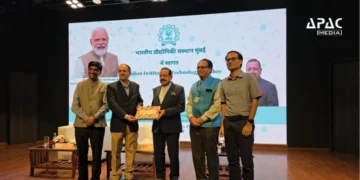
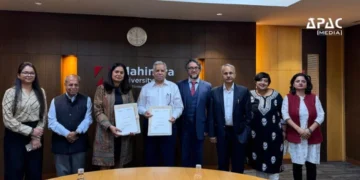



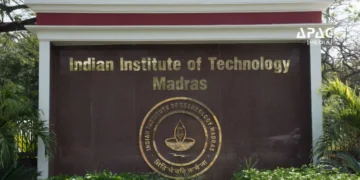








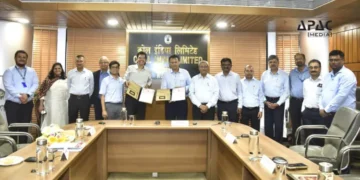
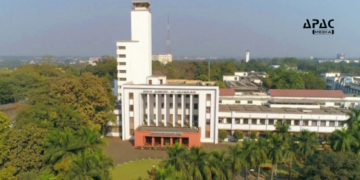

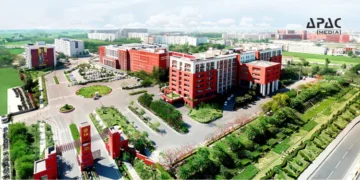










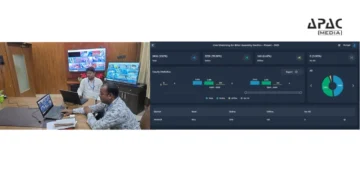




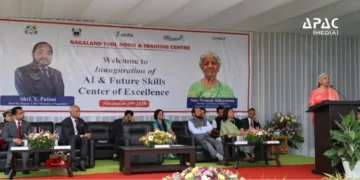















Discussion about this post